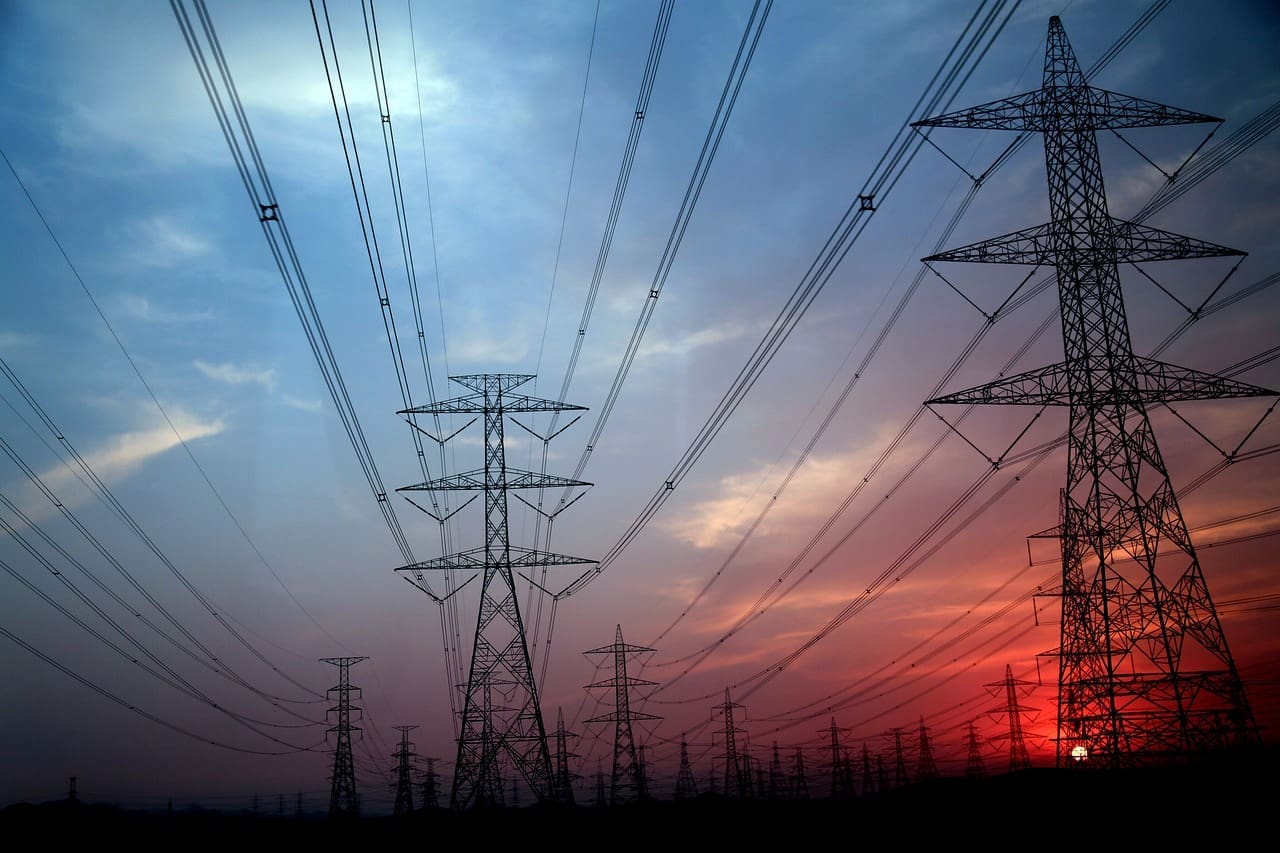President Franklin Delano Roosevelt started a revolution for new jobs and investment in domestic infrastructure with his New Deal campaign. Included in its framework, he signed the Rural Electrification Act into law in 1936, and until now, it was the most significant rural electrification project ever waged on American soil. In a recent visit to Wisconsin, President Biden and the U.S. Department of Agriculture announced a new ERA program known as the Empowering Rural America initiative that allocates $7.3 billion in funding to construct clean energy sources by rural electric cooperatives.
According to a U.S. Department of Agriculture (USDA) press release, 16 rural electric cooperatives have been selected, and the work moving forward is intended to enable lower energy costs with the bonus of 4,500 good-paying permanent jobs and 16,000 construction positions for rural citizens. In accordance with the president’s plan to reinvest in the country, the selected groups will leverage over $29 billion to construct clean energy facilities across rural land to generate more than 10 gigawatts of clean energy generated from an array of wind, solar, nuclear, and hydropower sources. The initiative is expected to reduce greenhouse gases by 43.7 million tons annually. To provide perspective, this measure equates to removing 10 million automobiles from domestic highways yearly.
The 16 selectees are no strangers to the energy sector. They include:
- Alleghenny Electric Cooperative, Inc.
- Arizona Electric Power Cooperative, Inc.
- Basin Electric Power Cooperative, Inc.
- Buckeye Power, Inc.
- CORE Electric Cooperative
- Dairyland Power Cooperative
- East Kentucky Power Cooperative
- Golden Valley Electric Association
- Great River Energy
- Hoosier Energy
- Minnkota Power Cooperative
- San Miguel Electric Cooperative, Inc.
- Seminole Electric Cooperative, Inc.
- Tri-State Generation and Transmission Association, Inc.
- United Power
- Wolverine Power Supply Cooperative
“Under the Biden-Harris administration, we are supporting a more prosperous future for rural communities by speeding up the transition to clean energy while at the same time keeping monthly bills low and investing in the American workforce with new jobs and apprenticeships,” said Secretary Vilsack in the release. “One in five rural Americans will benefit from these clean energy investments, thanks to partnerships with rural electric cooperatives like Dairyland. Simply put, this is rural power for rural America.”
In addition to creating new jobs and lowering energy costs, these projects are expected to considerably reduce air pollution and enhance the resiliency of the country’s electric grid, which has remained under scrutiny for its age and intermittent failures at times. Further, the results of these projects will be leveraged to push the Biden-Harris Administration’s Justice40 Initiative forward.
Now that the 16 entities have been announced, they can begin utilizing the new ERA funds to provide clean and affordable electricity to nearly 5 million domestic households in Alaska, Arizona, California, Colorado, Florida, Illinois, Indiana, Iowa, Kentucky, Michigan, Minnesota, Montana, Nebraska, New Jersey, New Mexico, Nevada, North Dakota, Ohio, Pennsylvania, South Dakota, Texas, Wisconsin, and Wyoming. Additionally, 1,892-megawatt hours of battery storage will be built to ensure reliability and reduce outage potential.
“The Inflation Reduction Act makes the largest investment in rural electrification since FDR and the New Deal in the 1930s,” said John Podesta, Senior Advisor to the President for International Climate Policy, in the release. “Today’s awards will bring clean, affordable, reliable power to rural Americans all across our nation.”
Nick Vaccaro is a freelance writer and photographer. In addition to providing technical writing services, he is an HSE consultant in the oil and gas industry with twelve years of experience. Vaccaro also contributes to SHALE Oil and Gas Business Magazine, American Oil and Gas Investor, Oil and Gas Investor, Energies Magazine and Louisiana Sportsman Magazine. He has a BA in photojournalism from Loyola University and resides in the New Orleans area. Vaccaro can be reached at 985-966-0957 or nav@vaccarogroupllc.com.







